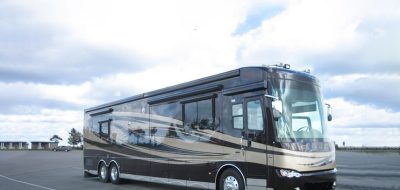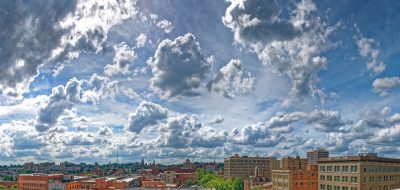The chain of five missions that were established along the San Antonio River during the 18th century stands as a reminder of Spain’s most successful attempt to extend its New World influence and control.
Representing both church and state, these missions were charged with converting the local Native Americans, collectively called Coahuiltecans, into devout Catholics and productive members of Spanish society.
More than just churches on the Spanish Colonial frontier, the missions also served as vocational and educational centers, economic enterprises involved in agricultural and ranching endeavors and regional trade. Missionaries taught the Coahuiltecans farming skills and gave them religious instruction.
Before the Spanish came, there were no horses in Texas and no gunfire, except for the raiding Apache. A vast frontier had never been touched by a wheel or felt the blade of an iron ax.
Among other contributions, the missions planted the roots of ranching in Texas. Indian vaqueros tended huge herds of cattle, goats, and sheep. They marked stock with branding irons like the ones used in Spain and Portugal as early as the 10th century.
Along with The Alamo, four outlying churches comprise San Antonio Missions National Historic Park. They are linked together on a driving tour called The Mission Trail. The well-marked San Antonio’s Mission Trail driving route stretches south from The Alamo for nine miles along the San Antonio River.
The world remembers The Alamo as a heroic battleground, but the other missions are tranquil shrines where the Spanish planted the seeds of San Antonio.
Signs link the other missions. Pick up a brochure that contains maps of those sites, which will prove useful as you leave one mission and follow street signs to the next in line, which is usually two or three miles away. From the Alamo southward, you’ll see Mission Concepcion, Mission San Jose, Mission San Juan, and Mission Espada. All were built between 1718 and 1731. While the Alamo is the best known, it also is the most visited and the most crowded.
It’s easy to spend a complete day exploring the mission compound and seeing the interpretive displays in the museums.
San Antonio Missions National Historical Park
Mission Nuestra Señora de la Purisima Concepción de Acuña
This handsome stone church was dedicated in 1755 and appears very much as it did over two centuries ago. It stands proudly as the oldest non-restored stone church in America. In its heyday, colorful geometric designs covered its surface, but the patterns have long since faded or been worn away. However, original frescos are still visible in several of the rooms.
Mission San José y San Miguel de Aguayo
Known as “Queen of the Missions”, this is the largest of the missions and was almost fully restored to its original design in the 1930s by the WPA (Works Projects Administration). Spanish missions were not churches, but communities, with the church the focus. Mission San José shows the visitor how all the missions might have looked over 250 years ago. The park’s visitor center is located adjacent to this mission.
Mission San Juan Capistrano
Originally founded in 1716 in eastern Texas, Mission San Juan was transferred in 1731 to its present location. In 1756, the stone church, a friary, and a granary were completed. A larger church was begun but was abandoned when half complete.
Mission San Francisco de la Espada
Founded in 1690 as San Francisco de Los Tejas near present-day Weches, Texas, this was the first mission in Texas. In 1731, the mission transferred to the San Antonio River area and renamed Mission San Francisco de la Espada. A friary was built in 1745, and the church was completed in 1756.
Did You Know?
The four churches within San Antonio Missions National Historical Park are active Catholic parish churches? While they have not been in continuous operation since established in the early 1700s, many parishioners today are direct descendants of the mission Indians who built the churches.







kevin
I have done the mission trail and have to say they ate interesting to see. There is alot of history in San Antonio and the missions are just one spot.